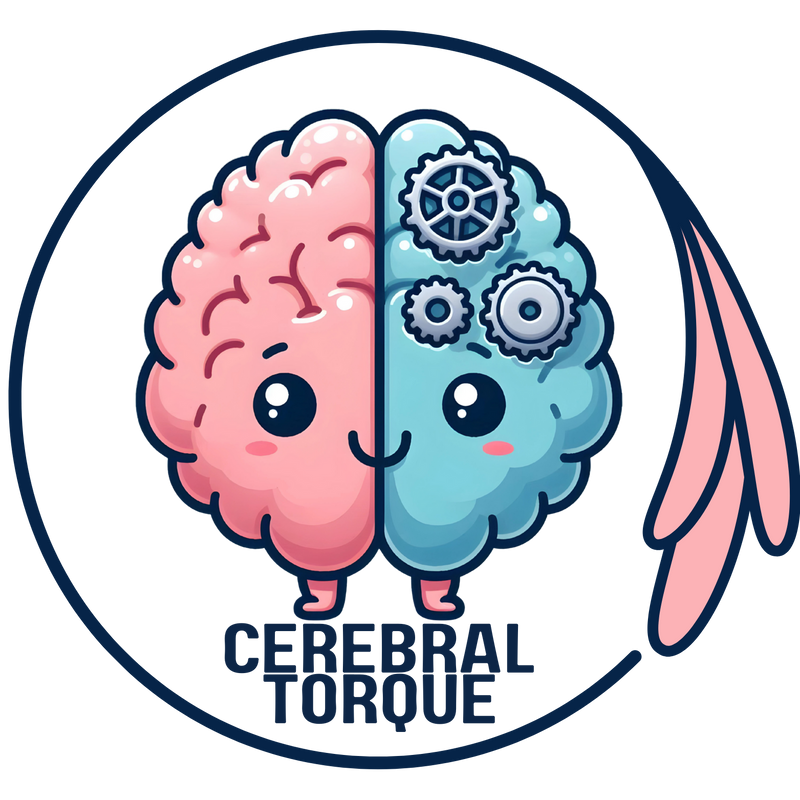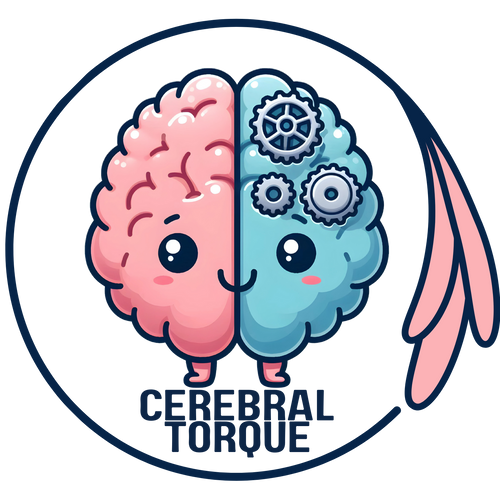Migraine, Cluster, Tension-Type, and Hypnic Headaches: A Complete Timeline Guide
Posted on November 20 2024,

Comprehensive Headache Types Comparison
Key Headache Distinctions
- Migraine: Moderate-severe unilateral throbbing pain with nausea/photophobia, 4-72 hour duration
- Tension-Type: Bilateral pressing/tightening pain, no autonomic features, highly variable duration
- Cluster: Severe unilateral orbital pain with autonomic features, short duration, circadian patterns
- Hypnic: Bilateral dull pain occurring exclusively during sleep, elderly onset
1. Detailed Attack Characteristics
| Feature | Migraine | Tension-Type Headache | Cluster Headache | Hypnic Headache |
|---|---|---|---|---|
| Duration Range | • General range: 4-72 hours • Non-perimenstrual women: 16 hours (median) • Perimenstrual women: 23 hours (median) • Men: 14 hours (median) • Chronic migraine: 44.4 hours (average) |
• Episodic: 30 min - 7 days • Chronic: Hours to days or unremitting • Duration affected by central sensitization |
• Standard: 15-180 minutes • Longer durations in women • Extended in those with migraine features |
• Range: 15 min - 4 hours • Consistent timing pattern • Similar duration to cluster headache |
| Daily Timing Pattern | • Morning predominance (6:00-12:00 AM) • Afternoon onset in children • Night predominance in elderly |
• No consistent daily pattern • Can be affected by sleep disorders • May be influenced by stress patterns |
• Strong nighttime pattern (9 PM-2 AM) • Often during first REM sleep phase • Predictable timing within individuals |
• Strictly nocturnal (1:00-5:30 AM) • Occurs ≥4 nights/week • Highly predictable timing |
| Seasonal Variations | • Light season predominance (MA) • Peaks: November to January • Nadir: July • Spring/autumn variations reported |
• No clear seasonal pattern • Limited chronobiological evidence • May be affected by stress cycles |
• Strong spring/fall pattern • Lower frequency in summer • Linked to daylight patterns • Influenced by photoperiodism |
• No clear seasonal pattern reported • Consistent year-round occurrence • Focus on nocturnal timing |
| Age & Gender Specifics | • Peak onset: Women 20-24, Men 15-19 • Median onset: Women 25, Men 24 • F:M ratio = 3:1 • Earlier onset may indicate worse prognosis |
• Mean onset: 29.1 years • Men: 29.8 years • Women: 28.5 years • F:M ratio = 1.2:1 |
• Mean onset: ~30 years • Men: 29.7 years • Women: 30.3 years • M:F ratio = 4:1 |
• Late-life onset: 44-86 years • Distinct from other headache types • Gender ratio not well established |
2. Pathophysiological Mechanisms
| Headache Type | Central Mechanisms | Peripheral Mechanisms | Genetic/Molecular Factors |
|---|---|---|---|
| Migraine | • Hypothalamic activation • Salience network involvement • EEG slowing during attacks • Brain excitability changes |
• Estrogen level fluctuations • Vascular inflammatory markers • Higher PTX-3 levels in shorter attacks • Trigeminovascular activation |
• G10 T (intron 23) genotype • GPX1 gene polymorphisms • Oxidative stress genes • 35-60% heritability |
| Tension-Type | • Alpha2-adrenergic mechanisms • Central sensitization • Limited chronobiological patterns |
• Myofascial trigger points • Peripheral sensitization • Muscle tension involvement |
• Lower genetic influence • Higher heritability without migraine • Specific genes unknown |
| Cluster | • Strong hypothalamic involvement • SCN regulation of circadian rhythm • Increased grey matter volume |
• Retinal light sensitivity • Vitamin D deficiency correlation • Autonomic system involvement |
• CLOCK gene variations • HCRTR2 involvement • PER3 component effects • MERTK gene influence |
| Hypnic | • Circadian rhythm involvement • Sleep-wake cycle connection • Distinct from REM patterns |
• Limited understanding • No autonomic involvement • Differentiates from cluster |
• Genetic factors not well studied • Limited molecular understanding |
3. Disease Evolution & Treatment Implications
| Aspect | Disease Evolution | Clinical Characteristics | Treatment Considerations |
|---|---|---|---|
| Migraine | • 46% persistence in 10-year follow-up • 14% have migraine attack remission • Changes in attack characteristics • Pattern changes with age |
• Shorter duration in children • More bilateral in elderly • Less severe with aging • Changes in autonomic features |
• Early treatment more effective • Timing affects treatment response • Consider chronotype in prevention • Age-specific approaches needed |
| Tension-Type | • Higher remission than migraine • 32% retain diagnosis at 5 years • 29% achieve remission • May transform to other types |
• Consistent features across ages • Less variation in presentation • Frequency peaks at 30-39 years |
• Focus on trigger point treatment • Address central sensitization • Consider comorbid conditions |
| Cluster | • 33% achieve remission • Mean remission age: 42 years • Features may decrease over time • Pattern may become less predictable |
• Strong chronobiological features • Distinct circadian/circannual patterns • Clear seasonal variations |
• Time preventive treatment with cycles • Consider chronotherapy • Account for seasonal patterns |
| Hypnic | • Late-life onset pattern • Consistent timing maintained • Long-term evolution less studied |
• Strictly nocturnal occurrence • Regular timing pattern • No autonomic features |
• Focus on sleep-related interventions • Consider age-related factors • Timing of preventive measures |
4. Environmental & Trigger Factors
| Factor Category | Impact on Timing | Clinical Relevance |
|---|---|---|
| Light Exposure | • Affects circadian rhythms • Influences seasonal patterns • Important in cluster headache cycles • Affects migraine with aura |
• Consider light management strategies • Important for preventive planning • Relevant for treatment timing |
| Sleep Patterns | • Triggers cluster headache attacks • Affects migraine frequency • Critical in hypnic headache • Influences attack timing |
• Sleep hygiene importance • Treatment timing considerations • Prevention strategies |
| Hormonal Cycles | • Menstrual migraine timing • Affects attack duration • Influences frequency patterns • Age-related changes |
• Hormonal treatment timing • Preventive strategy planning • Life-stage considerations |
| Stress Patterns | • Work-related timing • School stress in children • Seasonal stress variations • Daily stress cycles |
• Stress management timing • Prevention planning • Lifestyle modifications |
Key Clinical Takeaways
- Timing matters: Each headache type has distinct chronobiological patterns that inform treatment strategies
- Gender differences: Attack characteristics, duration, and timing vary significantly between men and women
- Age-related changes: Headache presentations evolve throughout life, requiring adaptive management approaches
- Genetic foundations: Understanding molecular mechanisms enables more targeted therapeutic interventions
Mon, Nov 17, 25
Migraine Research - During the week of my absence.
Migraine Research - During the week of my absence. The Association Between Insomnia and Migraine Disability and Quality of Life This study examined how insomnia severity relates to migraine disability...
Read MoreSat, Nov 01, 25
Anti-CGRP Monoclonal Antibody Migraine Treatment: Super-Responders and Absolute Responders and When to Expect Results
Anti-CGRP monoclonal antibodies achieved 70% super-response and 23% complete migraine freedom in a one-year study. Most dramatic improvements occurred after 6 months of treatment. For patients with chronic or high-frequency...
Read MoreAll Non-Invasive Neuromodulation Devices for Migraine Treatment
Wondering if migraine devices actually work? This guide breaks down the latest evidence on non-invasive neuromodulation devices like Cefaly, Nerivio, and gammaCore. Learn which devices have solid research backing them,...
Read More



